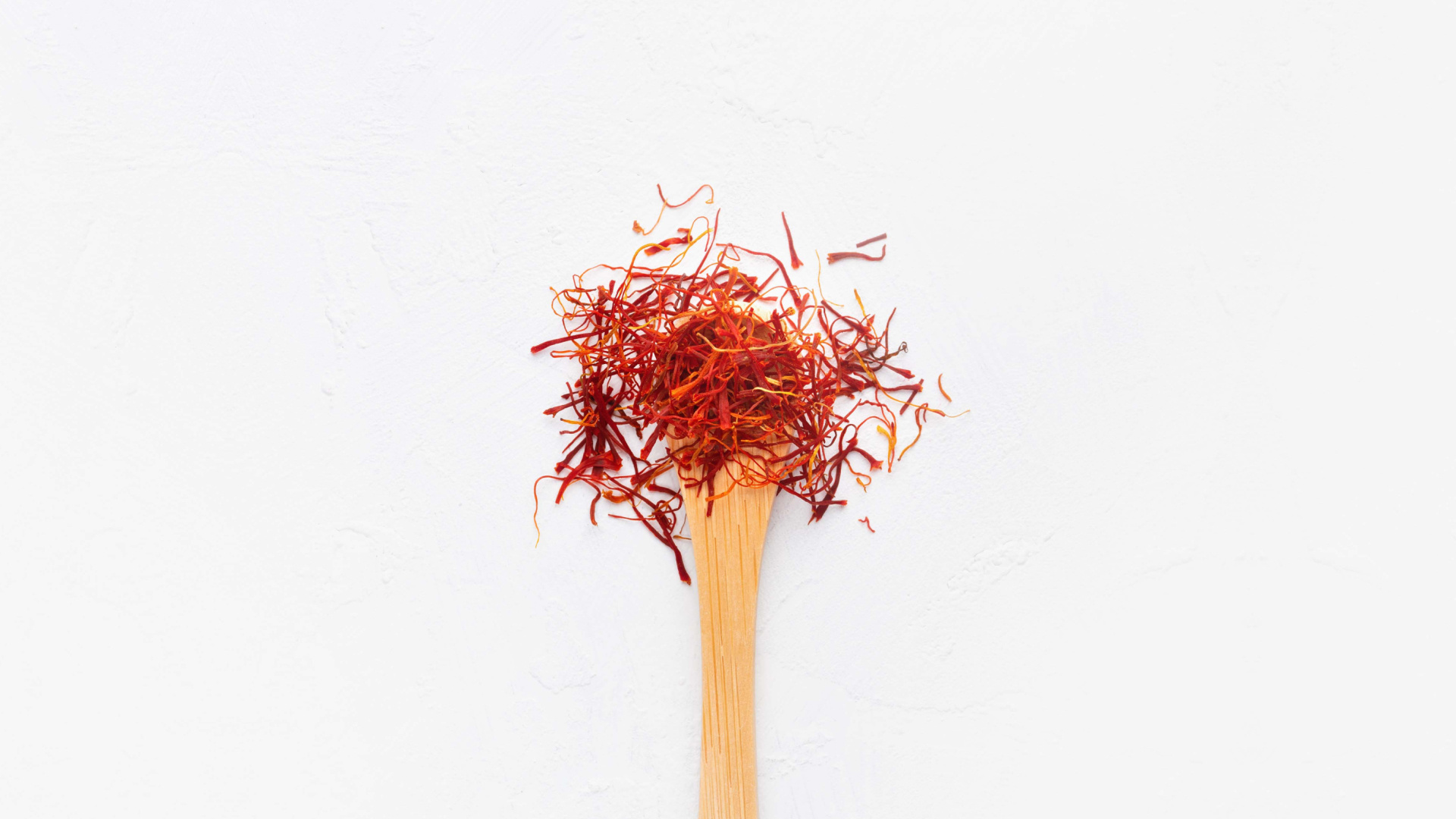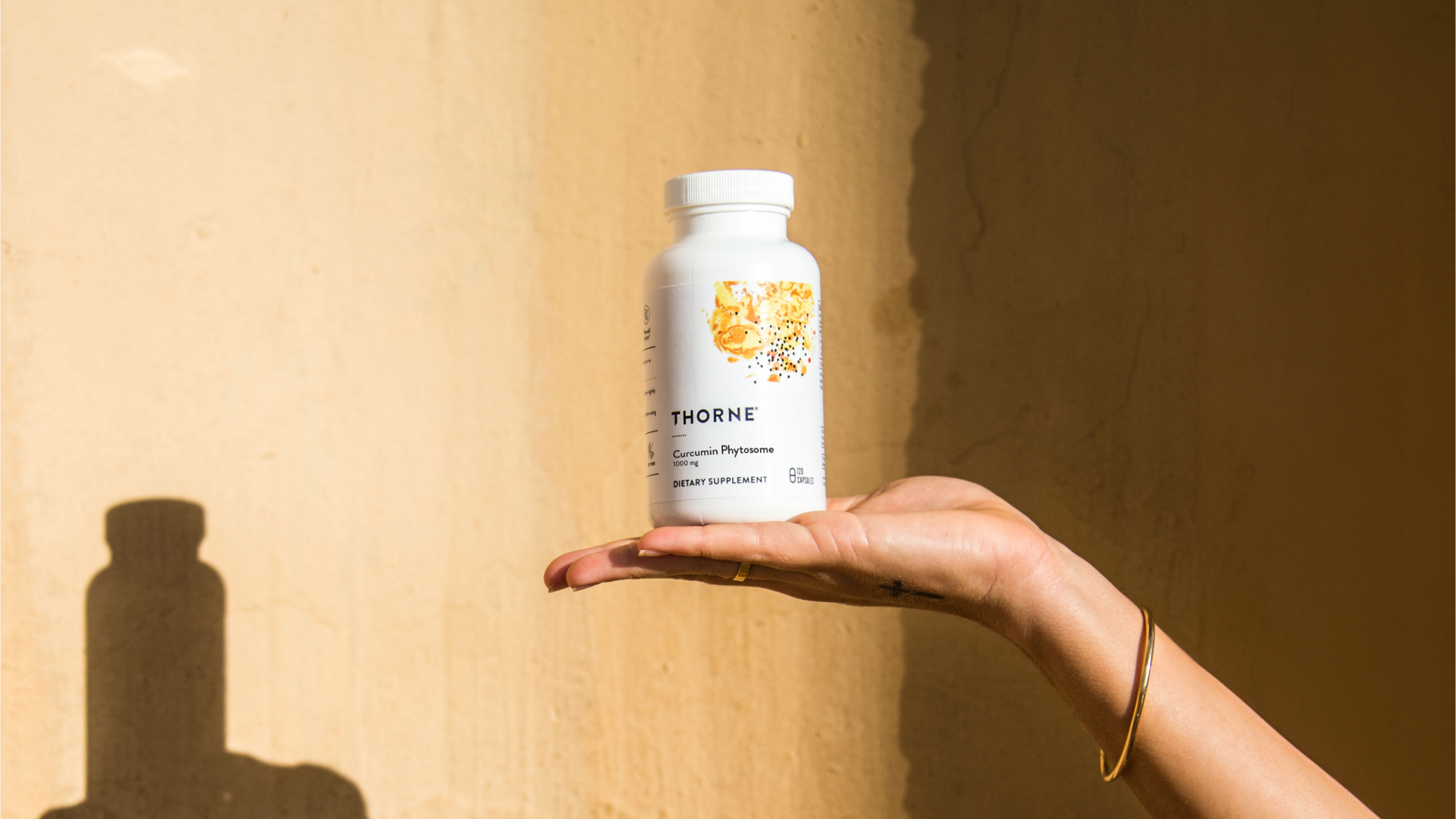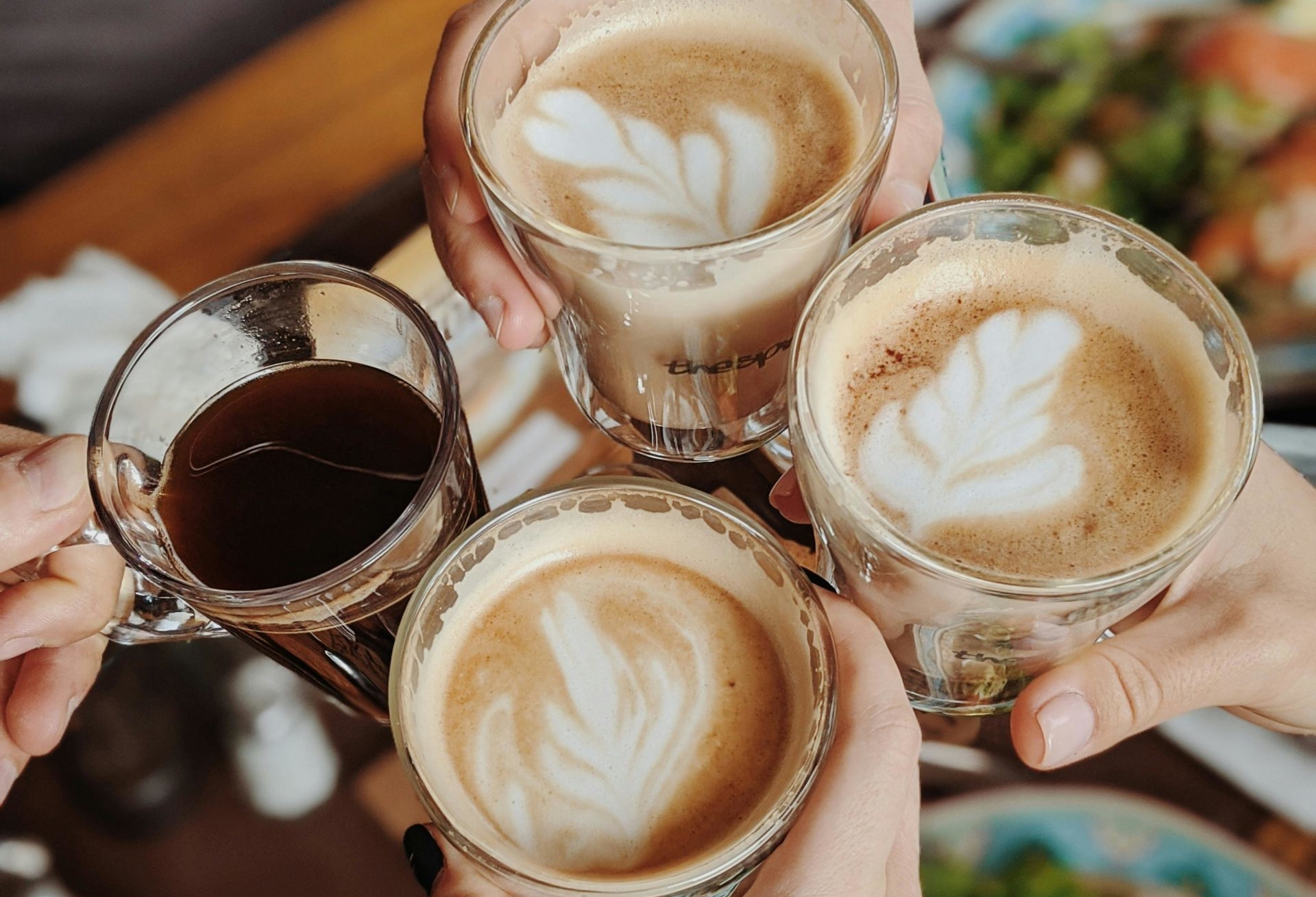People take supplements to improve or optimize their health. So what happens when you look at the label, and the ingredient list is filled with unrecognizable additives?
As humans age, their libido naturally decreases, and many can experience sexual dysfunction. Aphrodisiacs are consumable substances intended to increase sexual desire, attraction, pleasure, or behavior, and their use in Chinese, Indian, Egyptian, Roman, and Greek cultures dates back thousands of years. Named after the Greek goddess of love, Aphrodite, humans have long consumed some of the most notable foods believed to be aphrodisiacs – oysters, truffles, and honey, to name a few. Today, there are many scientifically backed nutrients, spices, foods, and beverage that can support multiple aspects of sexual health – such as libido, mood, hormone balance, and blood flow.
Many changes in libido are attributable to natural age-related declines in hormones, as well as lifestyle, physiological, psychological, and social transition impacts.
Research indicates that middle-aged men, ages 40-60, have a libido that is three times lower than men ages 18-29,1 and more than 50 percent of men ages 40-70 report some degree of erectile dysfunction.2
Although women experience normal fluctuations throughout their midlife, generally, they experience a decline when transitioning through menopause.3

So, whether you are planning for a scheduled date night, or looking to add a spark to your relationship, here are five research-backed aphrodisiacs to help you get in the mood and perform when the time is right.
1. Ginseng
The ginseng plant and various varieties of its root have been used in Asian and North American cultures for centuries. Although ginseng is commonly known to support many physiological systems, playing a role in energy metabolism, blood sugar regulation, cholesterol metabolism, stress response, immune function, and musculoskeletal relaxation, it is less known for its role in male sexual function.
The research shows that the pharmacologically active components of ginseng – ginsenosides – are able to induce nitric oxide synthesis in endothelial cells (the primary cell type inside blood vessels, lymph vessels, and the heart) and perivascular nerves (nerve fibers that surround vessels in the brain). In addition, ginseng helps the muscle cells’ sensitivity to nitric oxide.4 There is good evidence to suggest that ginsenosides can facilitate penile erection by directly impacting vasodilation and relaxation of the penile corpus cavernosum – the penile tissue that contains the most blood during an erection.5 Although most studies have been done on animals, the collective evidence suggests ginseng can support men’s sexual health.
Ginseng isn’t usually found in the grocery store’s produce section; rather, it is most often found in health food stores in teas or supplements.
2. Saffron
Saffron is made from the stigmas of the fall-flowering plant Crocus sativus and has a sweet, floral, and earthy taste. It is, unfortunately, the most expensive spice in the world because it takes about 75,000 blossoms to produce one pound of saffron, and it must be harvested by hand. You will taste saffron most commonly in Indian, Moroccan, and Iranian cuisine, and it is also used to dye foods and fabrics yellow.
This powerful antioxidant spice is well-researched for supporting mood, premenstrual syndrome symptoms, and brain health, although there have been at least a half dozen studies examining its effect on sexual dysfunction and supporting libido. In men, 50 mg of saffron three times a week for three months was found to help sperm morphology and motility.6 In higher amounts that might break the bank (300 mg/day for 10 days), it helped self-reported erectile dysfunction symptoms.7
Selective serotonin reuptake inhibitors (SSRIs) are commonly-prescribed medications for depression associated with decreased sexual desire, arousal, and orgasms. A study looking at SSRI use in women found that taking saffron (30 mg/day for four weeks) was effective in improving arousal, lubrication, and pain.8
3. Nuts
Many nuts, such as walnuts, hazelnuts, pecans, almonds, cashews, and Brazil nuts, are good sources of the amino acid L-arginine, as are white meat, fish, and dairy. Although humans can make arginine naturally, in most cases it is not enough. L-arginine plays an important role in wound healing, helping the kidneys detox waste from the body, maintaining immunity, and – important for libido – maintaining hormone function and the healthy dilation and relaxation of the blood vessels, including those up to the brain and below the belt.
In a study of 83 males with erectile dysfunction, those who consumed 60 g/day of mixed nuts for 14 weeks while eating their usual Western-style diet reported an increase in orgasmic function and sexual desire, compared to males who consumed their normal diet without the addition of nuts.9
The supplementation of arginine has also been shown to support nitric oxide production and optimal blood flow, including penile blood flow.
4. Champagne
It’s light and fizzy, a lower-calorie alcoholic beverage option, and often only takes one glass to feel the buzz. Compared to other grape-based alcoholic beverages, Champagne contains relatively high amounts of phenolic acids that can exert protective cellular actions and support cardiovascular health and cognitive performance in moderate quantities.10 The phenolic compounds also support nitric oxide availability, which promotes optimal blood flow.11 As with any alcoholic beverage, too much can have reverse or negative effects on cognition and the cardiovascular system.
Add a few sliced strawberries to the glass or on the side. Historically, this heart-shaped fruit was once a symbol of Venus, the Roman goddess of love. Scientifically, these and other berries are loaded with vitamin C, an antioxidant that plays a role in many physiological systems, including balancing hormones, mood, and libido. Strawberries are lower in sugar than many other fruits so you won’t likely get a blood sugar spike and subsequent dip in energy that you might with other higher-sugar fruits.
5. Teas
Teas (black, green, white, oolong – from the Camelia sinensis plant) are excellent sources of flavonoids, known to positively impact endothelial function and improve the bioactivity of endothelial nitric oxide. Erectile dysfunction in men older than 40 is usually of vascular (endothelial dysfunction) origin.12 Research hypothesizes that long-term tea drinking might play a role in preventing erectile dysfunction.13 Flavonoids can also lead to enhancements in cognitive performance through increased brain blood flow and an ability to initiate neurogenesis in the hippocampus, which has an effect on sexual desire.13
A review of the literature on teas and sexual function suggests that teas might favorably impact sex-related hormone changes in women.13
- Shigehara K, Kato Y, Iijima M, et al. Risk factors affecting decreased libido among middle-aged to elderly men; nocturnal voiding is an independent risk factor of decreased libido. Sex Med Today 2021;9(5):100426.
- Montorsi F, Guazzoni G, Rigatti P, Pozza G. Pharmacological management of erectile dysfunction. Drugs 1995;50(3):465-479.
- Thomas HN, Hamm M, Hess R, Thurston RC. Changes in sexual function among midlife women: “I’m older… and I’m wiser.” Menopause 2018;25(3):286-292.
- Leung KW, Wong AS. Ginseng and male reproductive function. Spermatogenesis 2013;3(3):e26391.
- Murphy LL, Lee TJF. Ginseng, sex behavior, and nitric oxide. Ann N Y Acad Sci 2002;962:372-377.
- Heidary M, Vahhabi S, Reza Nejadi J, et al. Effect of saffron on semen parameters of infertile men. Urol J 2008;5(4):255-259.
- Shamsa A, Hosseinzadeh H, Molaei M, et al. Evaluation of Crocus sativus L. (saffron) on male erectile dysfunction: a pilot study. Phytomedicine 2009;16(8):690-693.
- Kashani L, Raisi F, Saroukhani S, et al. Saffron for treatment of fluoxetine-induced sexual dysfunction in women: randomized double-blind placebo-controlled study. Hum Psychopharmacol 2013;28(1):54-60.
- Salas-Huetos A, Muralidharan J, Galiè S, et al. Effect of nut consumption on erectile and sexual function in healthy males: a secondary outcome analysis of the FERTINUTS Randomized Controlled Trial. Nutrients 2019;11(6). doi:10.3390/nu11061372
- Corona G, Spencer JPE, Vauzour D. The impact of Champagne wine consumption on vascular and cognitive functions. Nutr Aging (Amst) 2014;2(2,3):125-132.
- Vauzour D, Houseman EJ, George TW, et al. Moderate Champagne consumption promotes an acute improvement in acute endothelial-independent vascular function in healthy human volunteers. Br J Nutr 2010;103(8):1168-1178.
- Jackson G. Sexual response in cardiovascular disease. J Sex Res 2009;46(2-3):233-236.
- Chen XJ. A hypothesis on the relationship between tea drinking and sexual activity. World J Hypertens 2013;3(4):32.
Share:
Related Posts

Thorne Celebrates 40 Years of Good Health
Maggie Chandler April 12, 2024 As it’s often said at Thorne, healthy ageing is a gift. It’s about embracing the way you feel, your experiences,

Healthy Coffee Alternatives: When to Quit Coffee & What to Drink Instead
Dr Thomas Wnorowski February 16, 2024 Key Points: Does the idea of quitting coffee make you feel all sorts of (terrible) things? It’s common. But

How Your Social Network Impacts Your Mental Health
Austin Ruff April 17, 2024 Humans are inherently social creatures. It’s in our nature to connect and want to be connected to the people around

Microbiota-Gut-Brain Axis: Behaviour and Dementia Implications
People take supplements to improve or optimize their health. So what happens when you look at the label, and the ingredient list is filled with

Gut Bacteria and GABA
People take supplements to improve or optimize their health. So what happens when you look at the label, and the ingredient list is filled with


